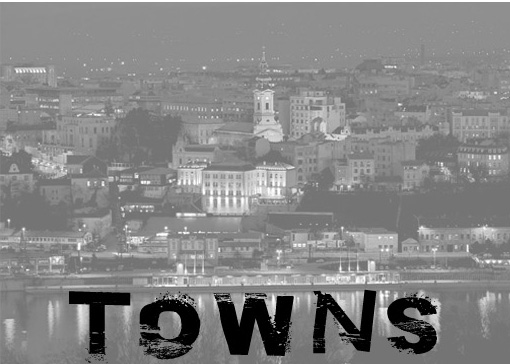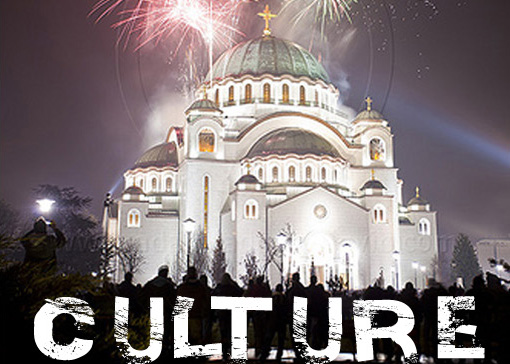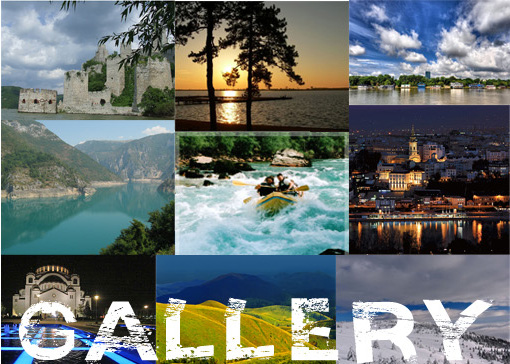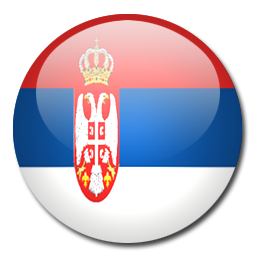Kragujevac is the fourth largest city in Serbia, with population of 175.000 , and the center of Sumadija district, located about 120 kilometers south of Belgrade. Kragujevac is the significant economic, cultural, educational and health center of Sumadija, Morava and neighboring regions. It is assumed that Kragujevac as a populated place existed before Nemanjic state. Kragujevac was first mentioned in the Turkish census from 1476 refered as "Kragujfoca, the former square with 32 houses. Named after the bird kraguj (kind of a hawk) that was in the Middle Ages used for hunt, and now occupies a place of honor in the town crest. In the city, there are many significant regional institutions, and others of national importance in the cultural and artistic activities. Several of them continuing the tradition of the first institution of its kind in modern Serbia, such as Knjazevsko-Serbian Theatre (founded in the 1835th year), the National Library "Vuk Karadzic" (1866), Cultural - Dancing Company "Abraševic" (1904). ational Museum of Kragujevac has a department of archeology, ethnography, history of Kragujevac and Sumadija and art. In the archaeological department is kept more than 10,000 of inventory and over 100,000 items of study materials. Art Collection (1680) has more than 1,000 works of art of extraordinary value, especially the Serbian painting. "Stara Livnica" museum is located in an old foundry and the present century and the industrial development in Kragujevac and Serbia. Historical Archives of Sumadija collect and impart archival holdings from the region of seven municipalities of Sumadija, and has more than 700 meters of archival holdings with the 780 registry offices and hundreds of thousands of original historical documents. In addition to many beautiful events of great importance for the history of Serbia, which took place in Kragujevac as Sretenjski ustav or provisions of the Constitution or the Congress of Berlin (1878) by which Serbia became an independent state. History of records and ugly moments. Such was 21 October 1941 when Germans shot 7000 people from Kragujevac, and some of them were students or teachers. In remembrance to them, every 21. October, the Big School Class is held in Kragujevac. Monument V3 reminds of executed students.


















